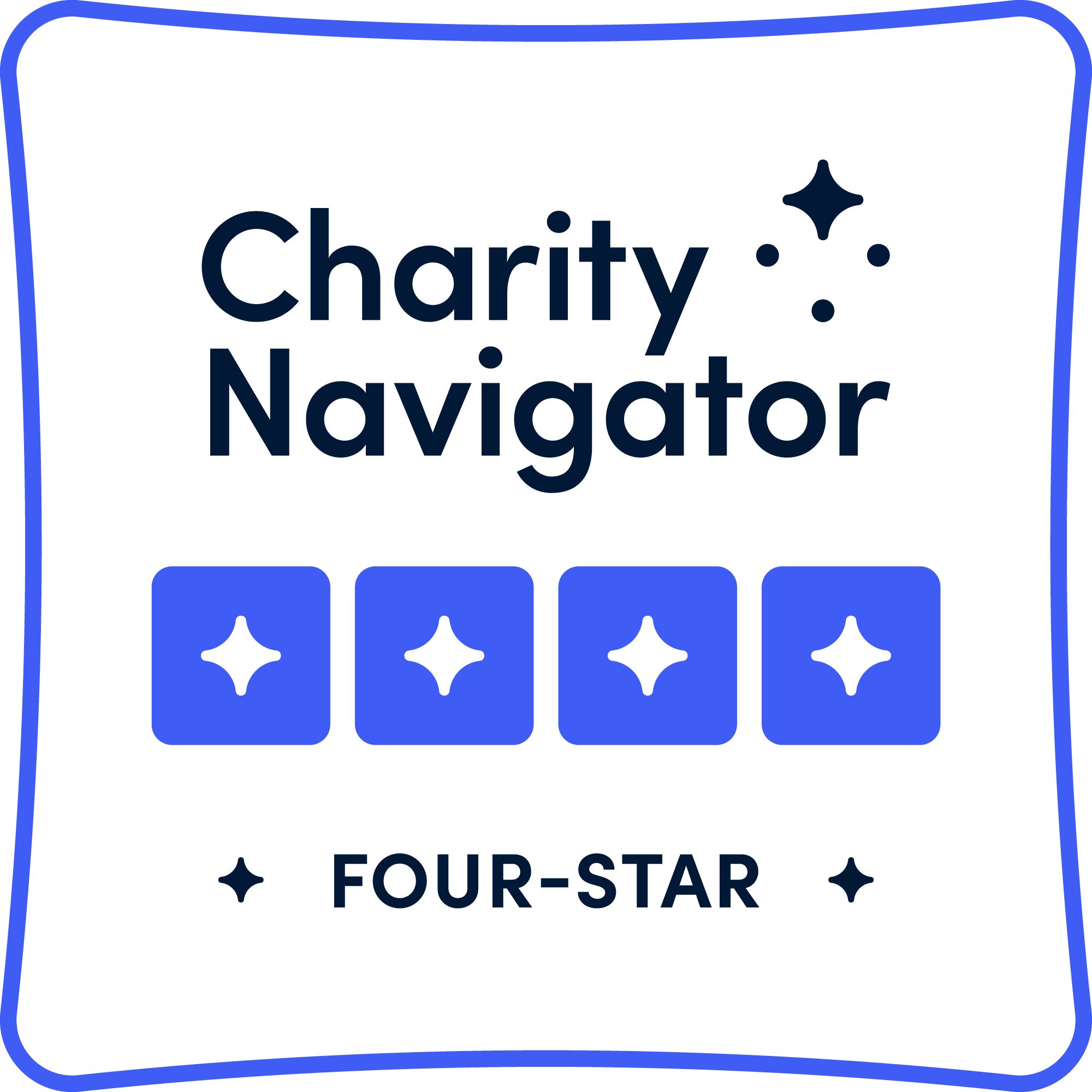Every teacher, no matter their specialist subject, has to wear a wide range of hats on a day-to-day basis: guide, leader, supporter, authority figure, mentor. In recent years, educators have started to apply this mindset to not only the roles that teachers play but also the knowledge that teachers provide. Literacy is no longer the sole preserve of language arts teachers; numeracy is not limited to just the math classroom; a physics lesson can build students’ creativity as much as an art class. All teachers, therefore, can actively participate in developing reading skills and strategies through their lessons. But is it as easy as that? Some teachers may feel nervous about explicitly encouraging reading skills and strategies in their students, in the same way that teaching about climate change as a non-specialist might be daunting.
Here at SubjectToClimate, we have solved both problems! Our repository of exceptional, ready-to-use teaching resources will help K-12 teachers build their students’ reading skills and strategies and help teachers to engage with the vital issue of climate change.






























